Top Things to Do in Barcelona in Just 2 Days
- Emily Anne

- Jun 1
- 5 min read
Updated: Jun 9
SUMMARY
This two-day Barcelona, Spain itinerary covers the city's most iconic destinations while giving you time to enjoy the neighborhoods, architecture, and local food scene. It includes details on Gaudí sites, historic quarters, museums, and some of the best places to grab a cocktail (in the city and also the world)!
TABLE OF CONTENTS
My Guide to the Top Things to Do in Barcelona in 2 Days Without Feeling Rushed
If you only have two days in Barcelona, as long as you plan ahead, it's absolutely possible to see a lot without feeling rushed. This guide to the top things to do in Barcelona in 2 days focuses on how to structure your time around walkable neighborhoods and can't-miss landmarks, all based on our own recent trip. I've included tips on what to book in advance, the best times to visit each spot, and other key things to know before you visit Barcelona's most popular attractions.
If you're looking for more information about things to do and where to stay during your trip to Spain, check out the following posts:
Best Things to Do in Seville, Spain
Where to Stay in Spain
GOTHIC QUARTER
Barcelona Cathedral
Start your morning wandering the narrow streets of the Gothic Quarter. It's one of the oldest parts of the city, with winding alleys, tucked-away plazas, and buildings that date back to the Roman era. The area still holds remnants of the ancient Roman wall and has been the city's spiritual and political heart for centuries. We walked to the Barcelona Cathedral early in the day and were surprised by how peaceful it was at that hour. The exterior is incredibly detailed, with spires, gargoyles, and gothic arches. If you have time, you can go inside and can even take the elevator up to the roof for a quiet view of the city. It's worth it for the incredible views and panoramic photo op!

EL BORN
Mercat de Santa Caterina
Just a short walk from the Gothic Quarter, El Born has a more local, artistic feel. Mercat de Santa Caterina has been a part of Barcelona's food culture since the 1800s. It was redesigned in the early 2000s with a wavy, mosaic-covered roof that stands out in the neighborhood. If you're hungry, grab a seat for some jamón and eggs or just browse the food stalls for fresh produce, seafood, and local specialties.
Cocktails at Mariposa Negra or Paradiso
This neighborhood also has some impressive cocktail spots. We went to Mariposa Negra, which had unique, handmade ceramic glassware and fun cocktails. We were able to easily get a seat when we arrived, but it was early in the evening, so that may not be the case later in the night. The vibe was low-key, and it was a great spot to grab a cocktail before heading to Museu Moco.
Paradiso is more of a destination bar and one of the most famous in the world, but they don't take reservations. You'll need to show up right when they open and scan a QR code to join the virtual queue. It's hidden behind what looks like a pastrami shop, so even finding the entrance is part of the experience.
Museu Moco Barcelona
Our last stop in the El Born district was Museu Moco. It's a modern art museum with works by Banksy, Basquiat, Yayoi Kusama, and other contemporary artists. It's not huge, so it doesn't take up your whole evening, but it's packed with fun and unique art exhibitions! The museum is located inside a refurbished palace, creating an interesting contrast with the art. There's also a gift shop at the exit where I picked up a couple of souvenirs with prints from the exhibits. It's a fun and accessible way to break up the historical sightseeing with something more playful and thought-provoking.
CASA BATLLÓ
This Gaudí-designed house was a major highlight. We booked the early bird tickets a month before our trip, and I'd definitely recommend doing the same. You beat the crowds and can really take your time exploring. The interior has the curved walls, stained glass, and colorful tile that Gaudí is known for. At the end of the tour, there's an immersive art experience with projection mapping and sound design that totally surprised us, in the best way. It was pretty mindblowing and one of the coolest immersive experiences we've seen! It's rare to find something so touristy that still feels worth it, but this did.
CASA MILÁ
We didn't go inside Casa Milà, but it's just a few blocks from Casa Batlló, so we walked by afterward. Also known as La Pedrera, it's another of Gaudí's major works. The building's stone facade has such a unique, undulating shape that it's still worth seeing from the outside. If you have more time or are a huge architecture buff, you might consider going in to see the rooftop chimneys and interior courtyard.
PARK GÜELL
We made our way to Park Güell midday. It's a public park, but tickets are required for entry. Originally intended as a housing development, Park Güell became a city park instead and is now one of Barcelona's most photographed spots. The mosaic-covered terraces, gingerbread-looking houses, and colorful lizard statue are some of the most iconic sights in Barcelona, and you also get an amazing view of the city from up there. It's a bit of a climb to get there from the metro, but there's an escalator to ease the trek. Locals in Barcelona have been overwhelmed by tourism and, therefore, have become more resistant to it in recent years. There were signs of this along the path up to the park.
SAGRADA FAMILIA
It's hard to describe how impressive this building is until you're standing in front of it. Designed by Gaudí, construction started in 1882 and is ongoing, funded entirely by private donations and entrance fees. There's scaffolding everywhere, but it doesn't take away from how grand it feels. We booked our timed entry tickets and arrived about 15 minutes early to go through security, which was an impressively smooth process. Once inside, the stained glass casts colored light across the massive columns in a way that makes the whole space feel sacred. Take your time here—there's a lot to take in, and even the museum downstairs is worth a quick walkthrough. When we visited, a communion ceremony was also occurring in the downstairs sanctuary.
MONTJUÏC
This hill overlooks the city and is full of gardens, museums, and viewpoints. Historically, Montjuïc has been a strategic lookout point and played a military role, with the Montjuïc Castle at its summit. We didn't try to see everything here and focused on relaxing and enjoying the views. There's a very low-key bar at the top called Salts, which has a great view of the overlook. It's an ideal spot to grab a drink and watch the sunset. If you're up for more walking, there are paths all over the area and even a few tucked-away gardens where you can escape the crowds.
BARCELONETA BEACH
After visiting Montjuïc, one of the easiest ways to get down to Barceloneta Beach is to take the cable car. It connects Montjuïc with Barceloneta and gives you a beautiful view of the harbor. The ride is pretty quick but worth it for the photo ops. Once you're at the bottom, you can explore the beachfront, walk along the boardwalk, or grab dinner somewhere nearby to wrap up your day.
Two days might not be enough to fully take in a city like Barcelona, but it's still a solid amount of time to get a real feel for it. We loved seeing Gaudí's wild designs, wandering through historic neighborhoods, and stopping at the local markets and bars that make the city feel so alive. With just a little planning and a comfy pair of shoes, this itinerary lets you experience what makes Barcelona memorable without feeling like you're running around non-stop!
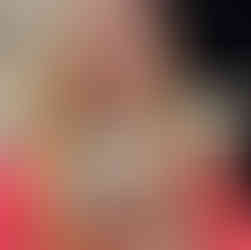

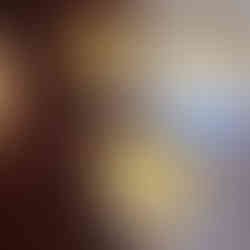

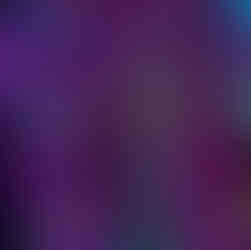




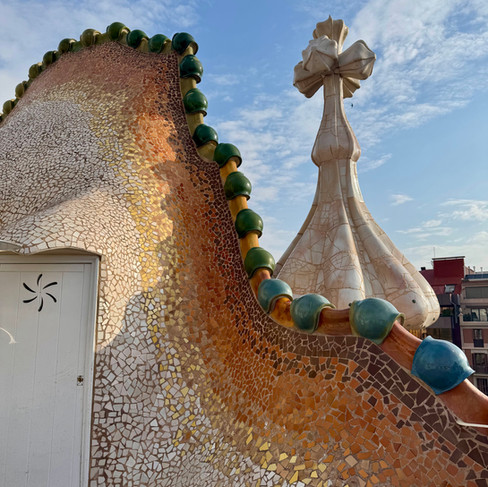


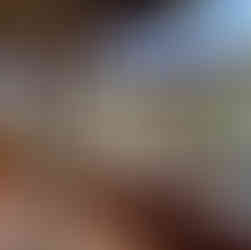

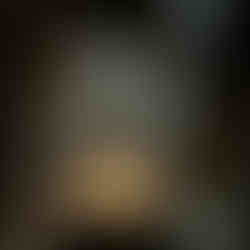


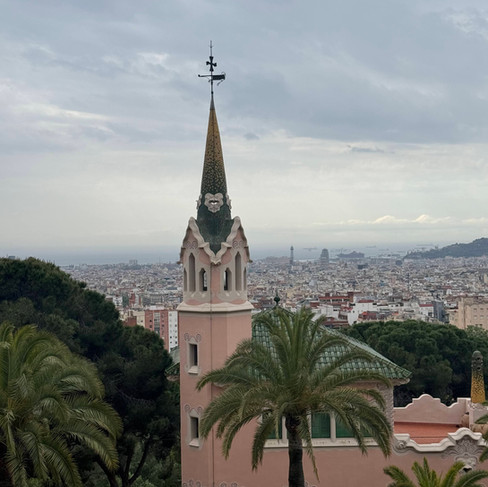

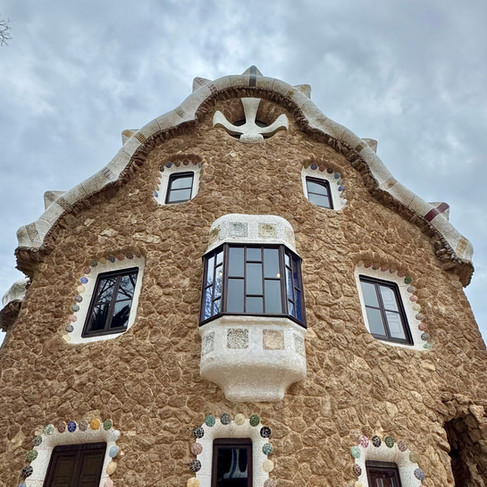











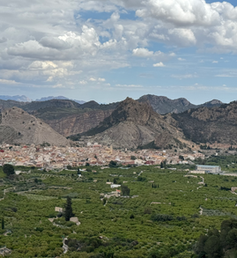
















Comments